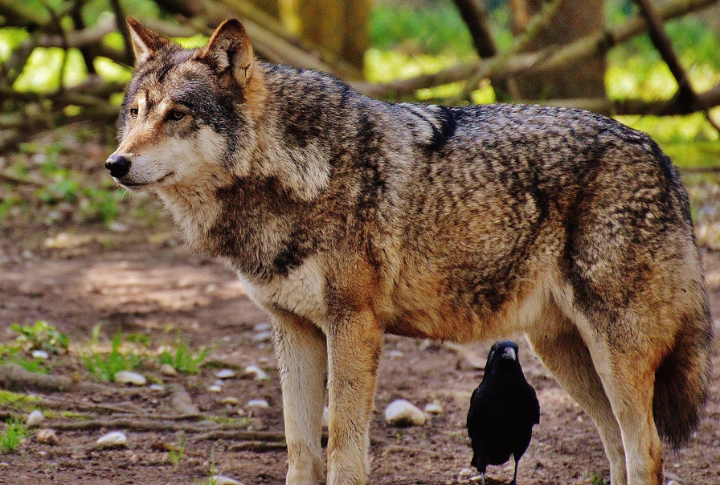
Wolves are built for the hunt, and every part of them proves it. They cover vast distances, track by scent, and operate as a team with precision and expertise. Their skills are fine-tuned by nature for one goal: success. Curious how they do it? Keep reading to discover ten predator traits that reveal the secrets behind their prowess.
Relentless Endurance On The Hunt
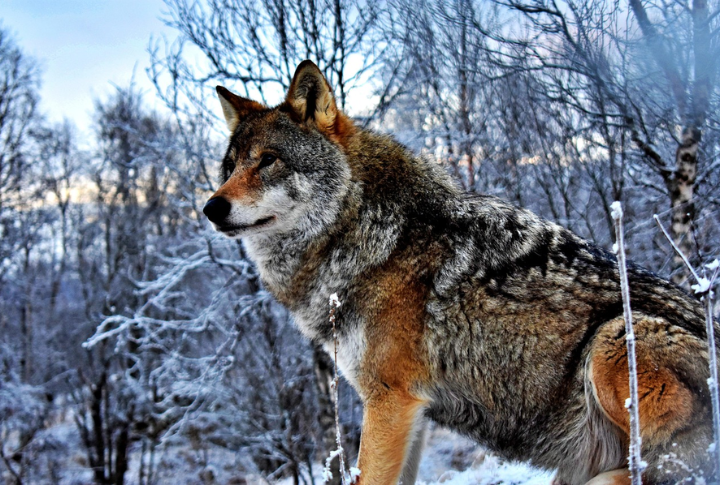
Outrunning a wolf may work for a short time, but the chase doesn’t last. These hunters cover dozens of miles daily, relying on stamina rather than quick bursts of speed. Their bodies are designed for efficiency, which allows them to close the distance steadily and turn a slow chase into a guaranteed catch.
Bone-Crushing Bite Force
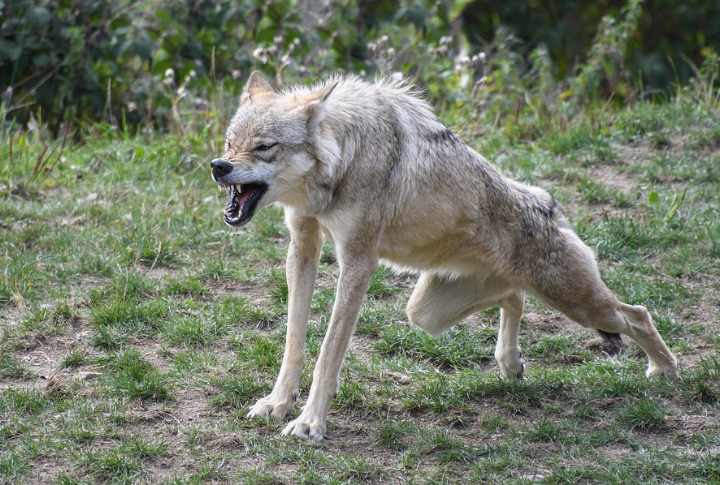
Once jaws lock in, the fight changes. The bite delivers up to 400 pounds of pressure per square inch, strong enough to break bone. The goal is to quickly disable the prey, minimizing injury and bringing the hunt to a swift conclusion.
Precision Targeting Of The Weak
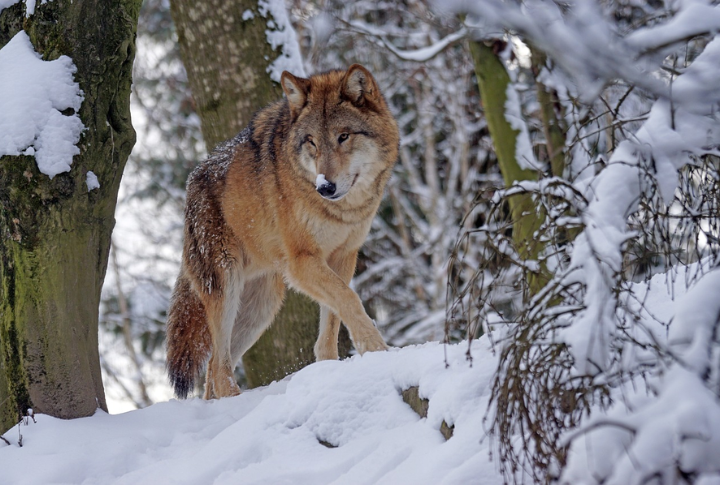
A healthy elk can outrun a wolf, but an injured one stands no chance. Predators instinctively target the weak or old for efficiency. The less energy spent on a hunt, the fewer risks they take, ensuring a safer and more successful outcome.
Acute Hearing That Detects Distant Movement
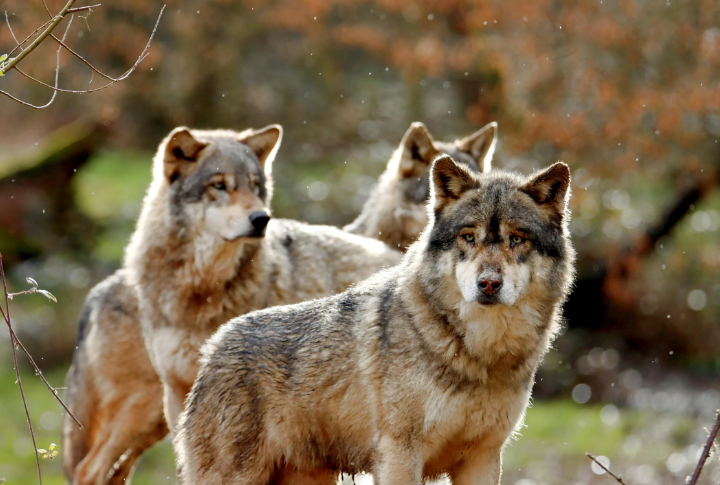
Some hunts begin with a sound, not a sight. High-pitched yelps, hooves against snow, and even subtle breathing can travel across vast distances. Wolves track these sounds, which gives them the edge before prey is ever visible. Their ears act like early warning systems for opportunity.
Adaptive Social Hierarchy For Efficiency
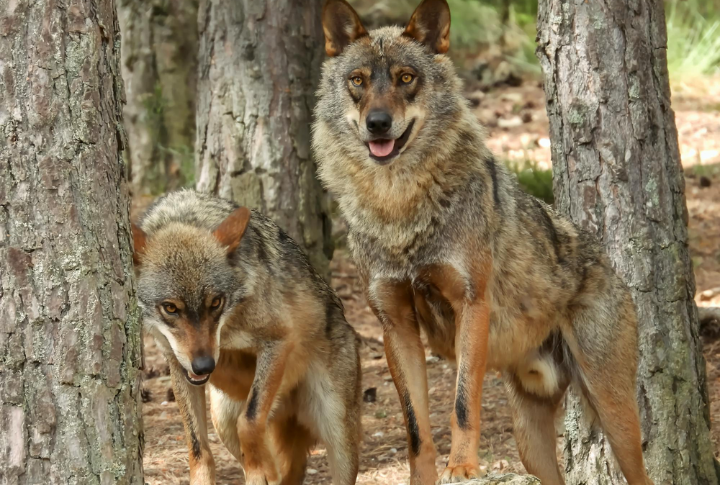
In the pack, every member plays a key role. Dominant leaders guide and younger wolves provide support. This hierarchy eliminates confusion when the action intensifies. With clearly defined roles, the pack moves as one seamless unit the moment the hunt begins.
Strategic Memory Of Prey Routes And Patterns
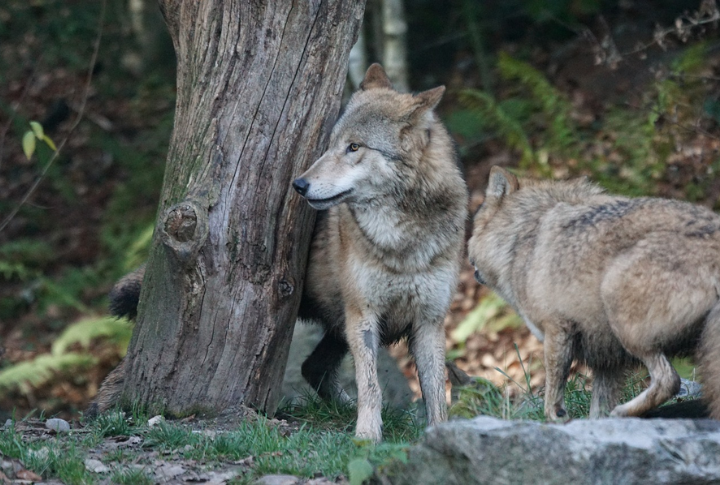
Patterns don’t go unnoticed. A pack remembers where a game crossed last spring or where the herd sheltered in snow. They use past experience to return to reliable hunting spots. Their pattern recognition is backed by survival memory built over many seasons.
Early Development Of Hunting Play In Pups
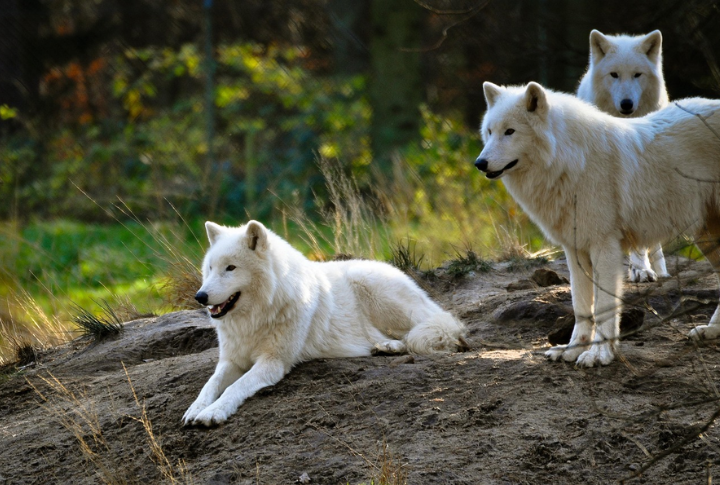
Before they’re big enough to hunt, pups are already learning the skills they’ll need. Chasing siblings and role-swapping during play help them develop reflexes and timing. What seems like play is actually training to sharpen their instincts long before their first real hunt.
Racking Skills Anchored In Scent Detection
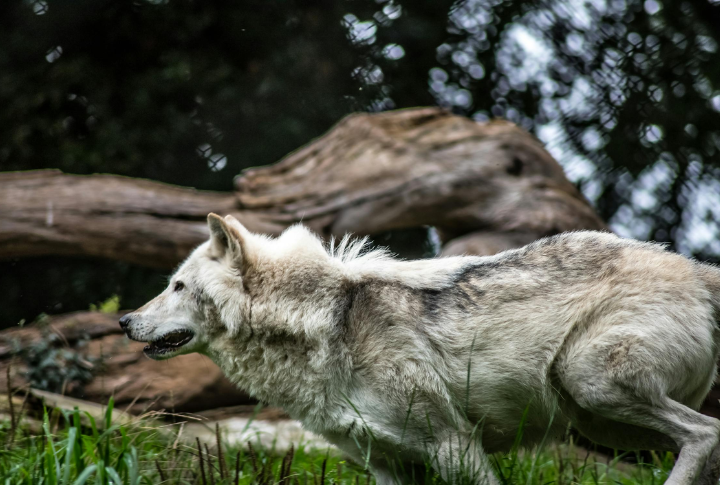
Even days-old scent marks get picked up and followed for miles. Using specialized receptors in their noses, they can separate smells layered in time. This lets them follow the animal even through changing weather, terrain, and distractions.
Environmentally Tuned Vision And Night Sight
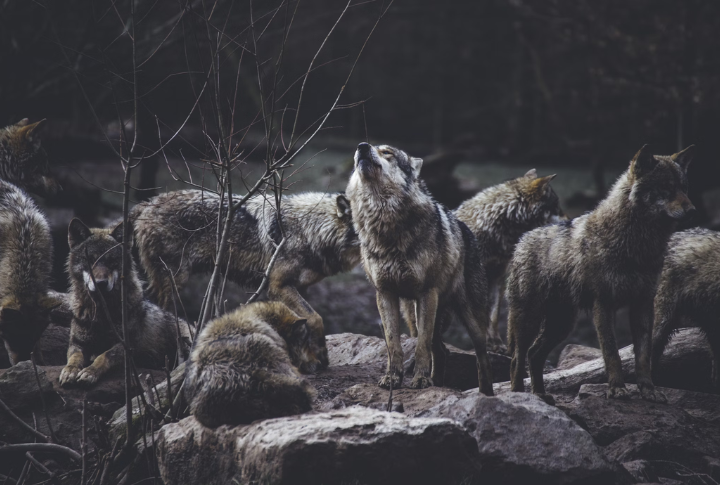
Wolves’ eyes are built for low light. As dusk falls or clouds obscure the moon, they don’t struggle to see—they thrive. Their retinas are designed to detect motion more effectively than fine details, giving them an advantage when prey freezes in the darkness, unable to see what’s approaching.
Flexible Gait For Speed And Stability
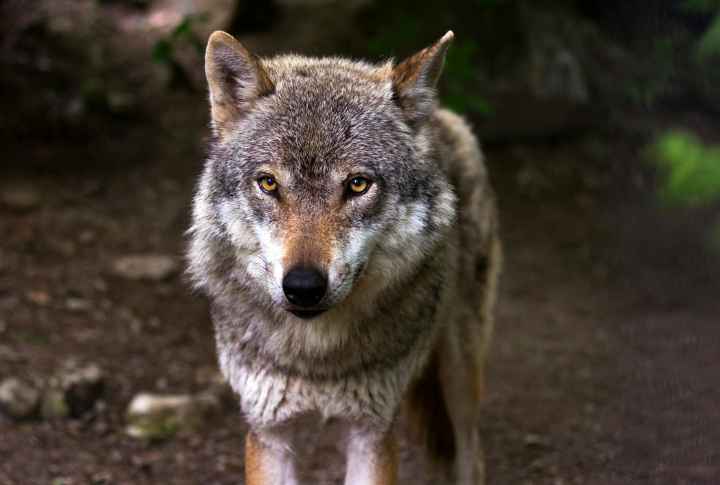
On snow, wolves widen their stance; on slopes, they shorten their strides. Their paws grip surfaces and allow them to pursue prey where others might slip. These instinctive adjustments prioritize control over speed and ensure the chase remains relentless, no matter the terrain.

